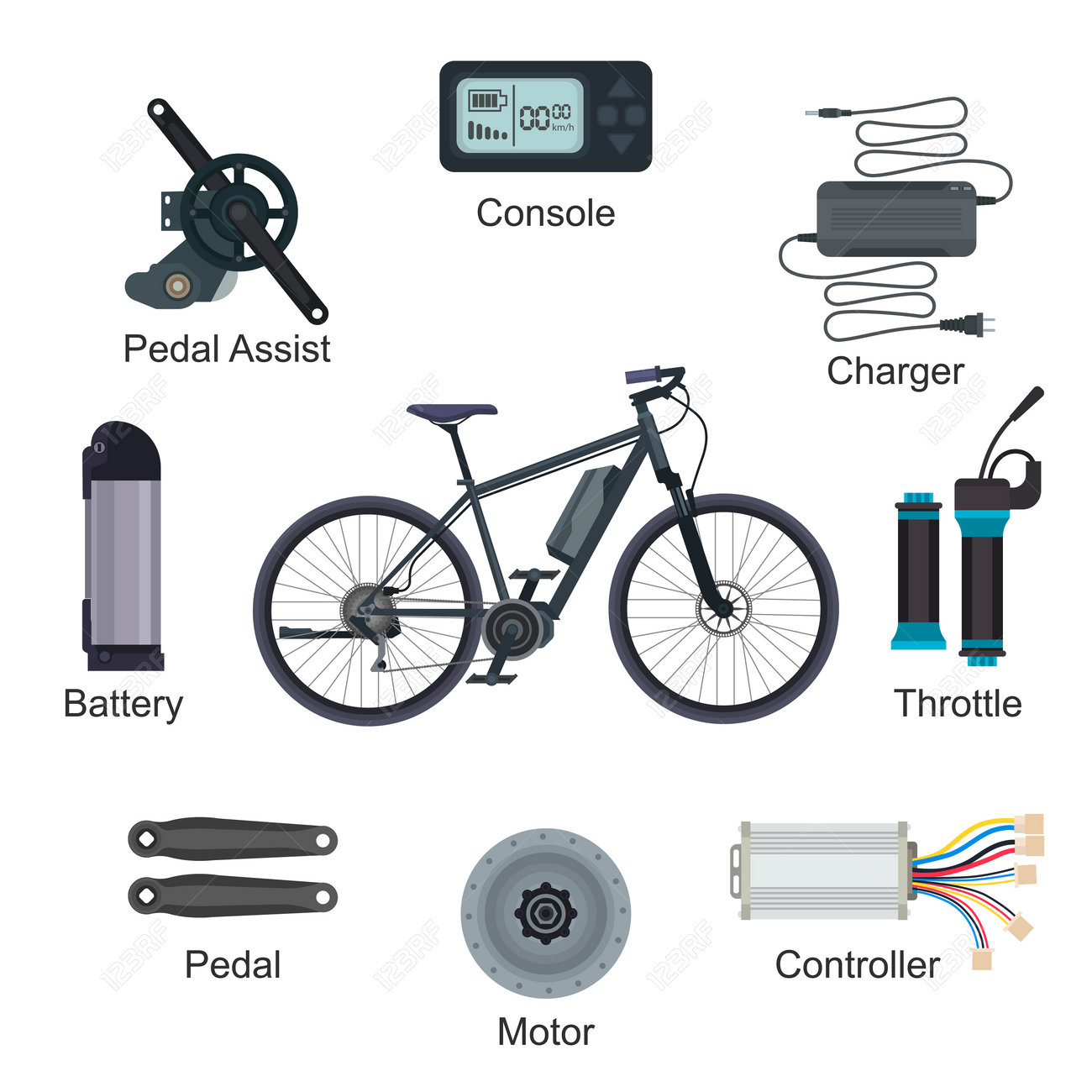Discover How To Ride Your E-Bike Safely And Legitimately By Recognizing The Laws In Your Area
Discover How To Ride Your E-Bike Safely And Legitimately By Recognizing The Laws In Your Area
Blog Article
Web Content Written By-Riis Dejesus
Prior to you hop on your e-bike and struck the streets, it's essential to understand the laws and guidelines that regulate your city. From speed restrictions to designated riding locations, there's a whole lot to take into consideration to guarantee you're compliant and secure. By familiarizing yourself with the regulations certain to e-bikes, you'll be better equipped to appreciate your experiences with no unforeseen lawful concerns. Stay tuned to uncover key insights that will certainly assist you navigate the e-bike landscape in your city perfectly.
Recognizing E-Bike Classification
When it involves browsing the realm of e-bike regulations and guidelines, an important starting point is comprehending the category system that categorizes these electric bikes. E-bikes are commonly categorized into three main groups: Class 1, Class 2, and Class 3.
Class 1 e-bikes are pedal-assist just, meaning they supply assistance while the biker is pedaling and have a maximum speed of 20 mph. These bikes are allowed in locations where standard bicycles are permitted.
Course 2 e-bikes are outfitted with a throttle that can propel the bike without pedaling. They additionally have a maximum speed of 20 mph and appropriate for motorcyclists that may require assistance without pedaling continuously.
Class 3 e-bikes are similar to Course 1 however with a greater maximum speed of 28 mph. These bikes are commonly limited from particular bike paths or trails due to their higher rates.
Understanding these classifications is important for complying with local policies and guaranteeing a secure and satisfying e-biking experience.
Browsing Speed Restrictions and Constraints
To properly browse e-bike regulations and policies, it's vital to comprehend the speed limits and limitations that apply to various courses of electric bikes.
Speed restrictions for e-bikes vary relying on the category of the bike. Course 1 e-bikes, which are pedal-assist only and have a maximum speed of 20 miles per hour, are generally permitted on bike lanes and paths.
Course 2 e-bikes, which have a throttle along with pedal-assist and additionally get to rates of up to 20 mph, might be limited in certain locations where motorized vehicles aren't permitted.
Course 3 e-bikes, with pedal-assist approximately 28 mph, are generally called for to adhere to the very same guidelines as traditional bicycles.
It is necessary to follow these rate limits and restrictions to guarantee your safety and the safety of others when driving. Before riding your e-bike, acquaint yourself with the specific policies in your city to stay clear of any type of possible fines or lawful concerns.
Where to Ride Your E-Bike
To figure out where you can ride your e-bike, it's essential to recognize the laws and guidelines details to your location. In most areas, e-bikes are commonly enabled on roadways and streets where standard bikes are permitted. This might include bike lanes, bike paths, and shared roads. However, it's crucial to inspect neighborhood legislations as some cities may have details limitations on where e-bikes can be ridden.
When riding your e-bike, always focus on safety by following website traffic rules and respecting pedestrian walkways. Additionally, be mindful of any type of marked bike lanes or paths in your location and utilize them whenever possible to ensure a smoother and more secure ride.
webpage have policies regarding e-bike usage on sidewalks, so see to it to familiarize on your own with these rules to avoid any type of penalties or charges.
Conclusion
Since you're familiar with the legislations and regulations bordering e-bikes in your city, you can with confidence hit the road understanding where you can ride and what constraints apply to your e-bike classification. e best in mind to always focus on safety and follow the policies to make certain a smooth and lawful trip. Satisfied riding!
